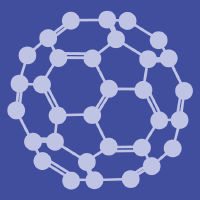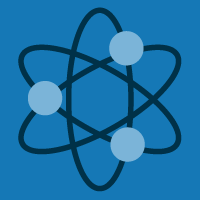Topic Menu
► Topic MenuTopic Editors

Condensed Matter Physics and Catalysis
Topic Information
Dear Colleagues,
Heterogenous catalysis is critical to our survival and future sustainable development, which will play important roles in realizing carbon neutrality. Condensed matter physics attempts to understand and manipulate physical phenomena, including electronic, electrical, thermal, mechanical, magnetic, and optical properties of solids and liquids, from the fundamental physical principles of quantum and statistical mechanics. In the last few decades, we have witnessed the significant overlap between catalysis and condensed matter physics, ranging from advanced experimental characterization technology to state-of-art theoretical calculations. It is known that the d-band center theory developed by Nørskov et al., which correlates the binding strength of adsorbates with the fundamental electronic structures of solid surfaces, provides an excellent example of placing physical concepts in the language of chemistry.
The central problem of this Topic, entitled "Condensed Matter Physics and Catalysis", is related to the ways in which fundamental physical principles in view of the electronic state of catalysts determine the macroscopic catalytic performance of catalysts, including their catalytic stability, activity, and selectivity. In this Topic, researchers will have the opportunity to publish their comprehensive findings related to the recent advances in physical mechanisms for improving the catalytic performance of catalysts. We invite researchers to contribute manuscripts that detail their novel achievements in the field of catalysis, combined with in-depth physical mechanism analysis.
Dr. Dongwei Ma
Dr. Peng Lv
Topic Editor
Keywords
- electronic structure
- catalyst
- catalytic performance
- reaction mechanism
- physical principles
Participating Journals
| Journal Name | Impact Factor | CiteScore | Launched Year | First Decision (median) | APC | |
|---|---|---|---|---|---|---|

Nanomaterials
|
5.3 | 7.4 | 2010 | 13.6 Days | CHF 2900 | Submit |

Physics
|
1.6 | 2.4 | 2019 | 27.7 Days | CHF 1400 | Submit |

Universe
|
2.9 | 3.6 | 2015 | 20.6 Days | CHF 2400 | Submit |

MDPI Topics is cooperating with Preprints.org and has built a direct connection between MDPI journals and Preprints.org. Authors are encouraged to enjoy the benefits by posting a preprint at Preprints.org prior to publication:
- Immediately share your ideas ahead of publication and establish your research priority;
- Protect your idea from being stolen with this time-stamped preprint article;
- Enhance the exposure and impact of your research;
- Receive feedback from your peers in advance;
- Have it indexed in Web of Science (Preprint Citation Index), Google Scholar, Crossref, SHARE, PrePubMed, Scilit and Europe PMC.


